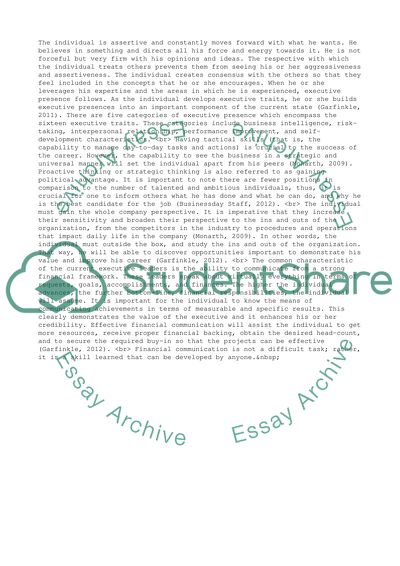Cite this document
(“Business - Executive presence Essay Example | Topics and Well Written Essays - 2500 words”, n.d.)
Retrieved from https://studentshare.org/business/1399209-week
Retrieved from https://studentshare.org/business/1399209-week
(Business - Executive Presence Essay Example | Topics and Well Written Essays - 2500 Words)
https://studentshare.org/business/1399209-week.
https://studentshare.org/business/1399209-week.
“Business - Executive Presence Essay Example | Topics and Well Written Essays - 2500 Words”, n.d. https://studentshare.org/business/1399209-week.


